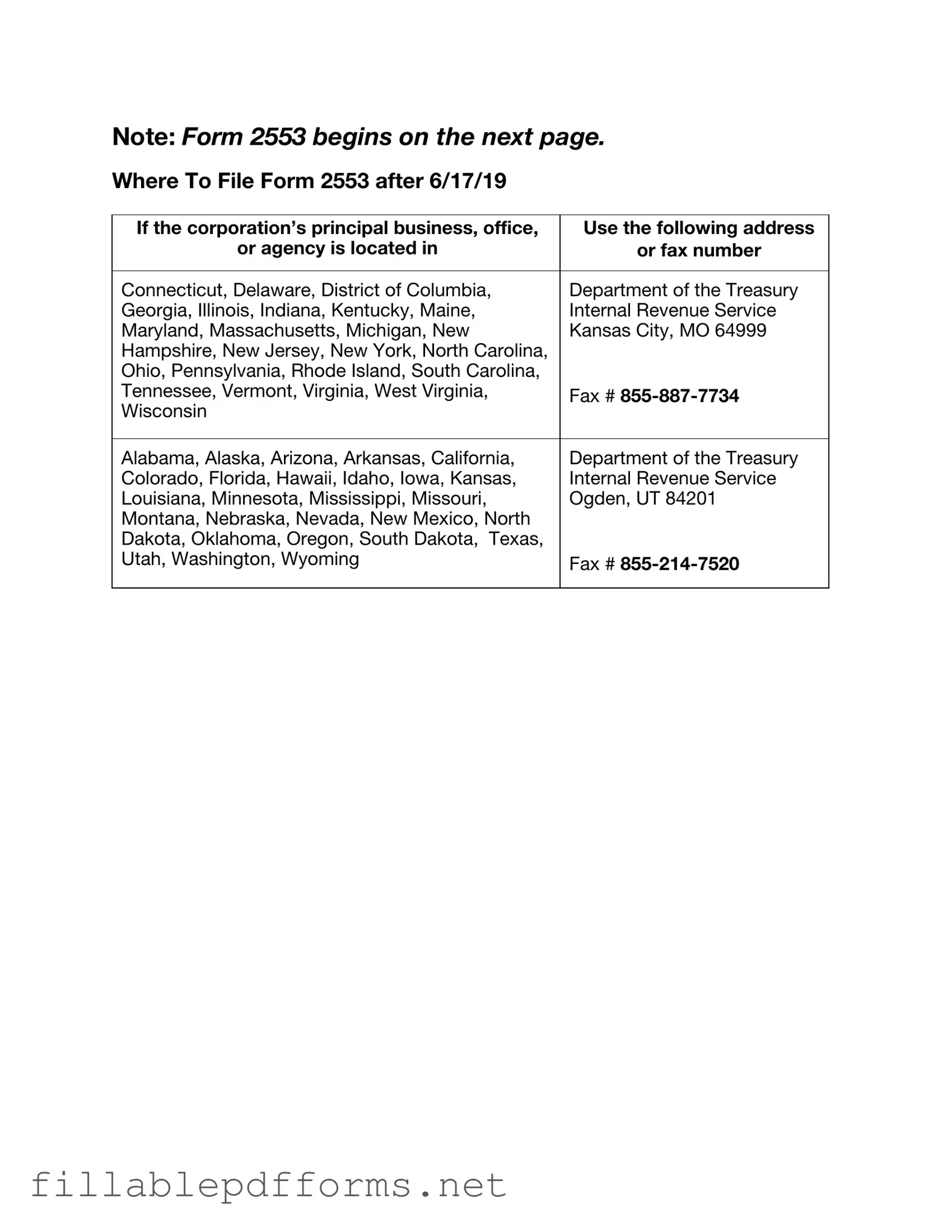The IRS 2553 form is a crucial document for small business owners who wish to elect S corporation status for their entity. This form allows eligible corporations to avoid double taxation on their income, which can be a significant advantage for many businesses. By filing the IRS 2553, a corporation can pass its income, losses, deductions, and credits directly to shareholders, who then report these items on their personal tax returns. Understanding the eligibility requirements is essential; not all corporations qualify for S corporation status. Key criteria include having no more than 100 shareholders, all of whom must be U.S. citizens or residents, and having only one class of stock. Additionally, the form must be filed within a specific timeframe to ensure the election is effective for the intended tax year. Completing the IRS 2553 accurately is vital, as errors or omissions can lead to delays or even disqualification from S corporation status. As such, small business owners should approach this process with care, ensuring that they meet all requirements and deadlines to maximize their tax benefits.
